Wild flower pollen and bees
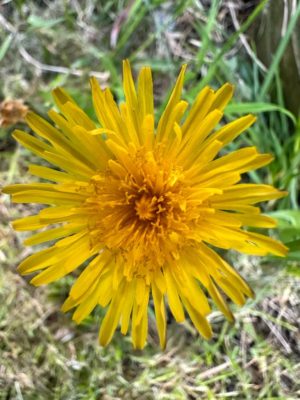
The period since WW2 has seen urban areas and, indeed farms, expand across the UK. The number of places where wildlife can thrive has been eroded. Gardens and lawns have been changed to provide parking for cars, lawns are mowed and ‘weed-killered’, or worst still replaced with artificial grass so there is not a weed in sight. Fortunately there are now initiatives like No Mow May that promote the growing of wild flowers in lawns and public spaces, like roadsides and verges. Many common weeds are simply wildflowers by another name.
Wild flowers / weeds (like dandelions, ragworts, clovers) are a lifeline for bees and bumblebees - who are facing so many threats [pesticides, habitat loss, invasive species] so adequate food is important. The flowers of these wild flowers / weeds offer food for a wide range of endangered bees, and at times when other resources are limited. Dandelions, for example, offer an abundant source of nectar and pollen for bees & bumblebees when other options are limited - especially in urban settings. They produce their flowers (and therefore nectar and pollen) from early Spring right through to the onset of Winter.
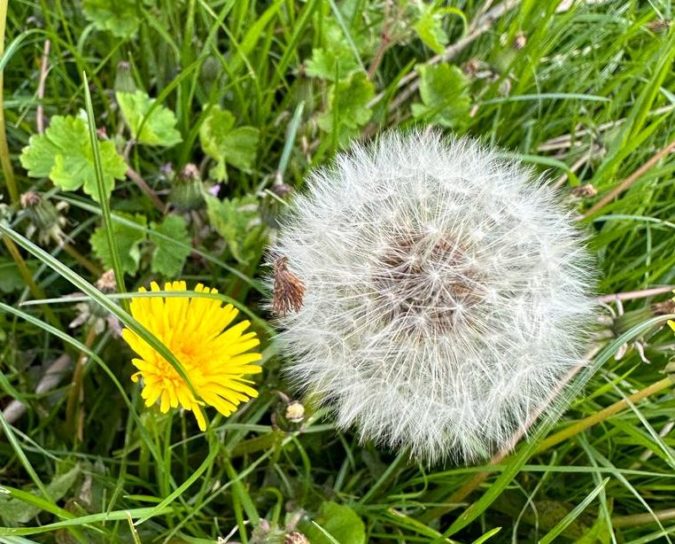
Recent studies have shown that the diet of bees has changed over the years. In the past, the bees were able to forage and collect pollen 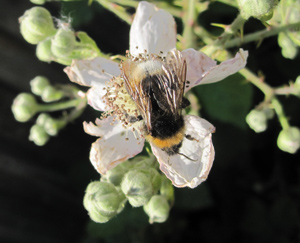 and nectar from a wide variety of plants but with the loss of ‘natural’ wild areas their diet is now often dominated by brambles, clover and dandelions. In the case of dandelions, their simple, open flowers makes for ease of collection. They are visited by honey bees, bumblebees and carder bees.
and nectar from a wide variety of plants but with the loss of ‘natural’ wild areas their diet is now often dominated by brambles, clover and dandelions. In the case of dandelions, their simple, open flowers makes for ease of collection. They are visited by honey bees, bumblebees and carder bees.
Some studies have indicated that dandelion pollen, whilst it is rich in the amino acid proline, has low levels or lacks certain amino acids (such as valine and isoleucine). Bees need the same ten essential amino acids as us. Without a supply of these particular amino acids, the development and growth of bees is impaired, as is their disease resistance and ability to raise the brood. So, it is important to find ways to offer our pollinators a range of plants / pollen to provide all their essential nutrients.
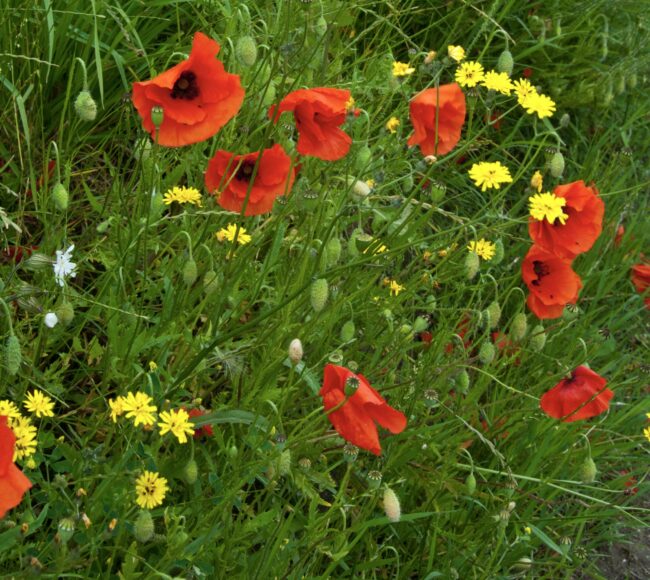
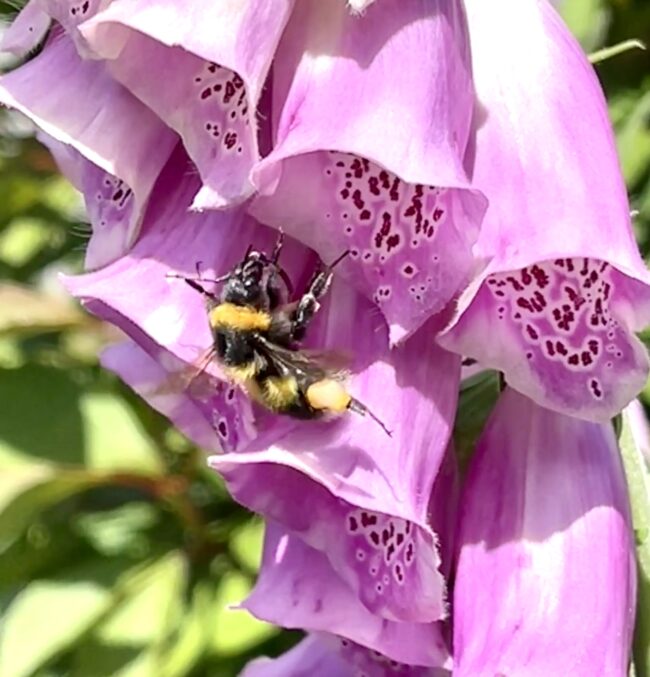
interesting related papers
Food for Pollinators: Quantifying the Nectar and Pollen Resources of Urban Flower Meadows: https://journals.plos.org/plosone/article?id=10.1371/journal.pone.0158117
Shifts in honeybee foraging reveal historical changes in floral resources:
https://www.nature.com/articles/s42003-020-01562-4

Interesting to read up on the value of dandelions particularly in respect of bees/bumblebees. Looking forward now to no mo May and watch the dandelion’s flourish. What I do notice however whilst they flourish well in the lawn they do not seem to like growing in the flower/shrub borders – my task now is hopefully to change that.
Ken Pauw
25 April, 2024